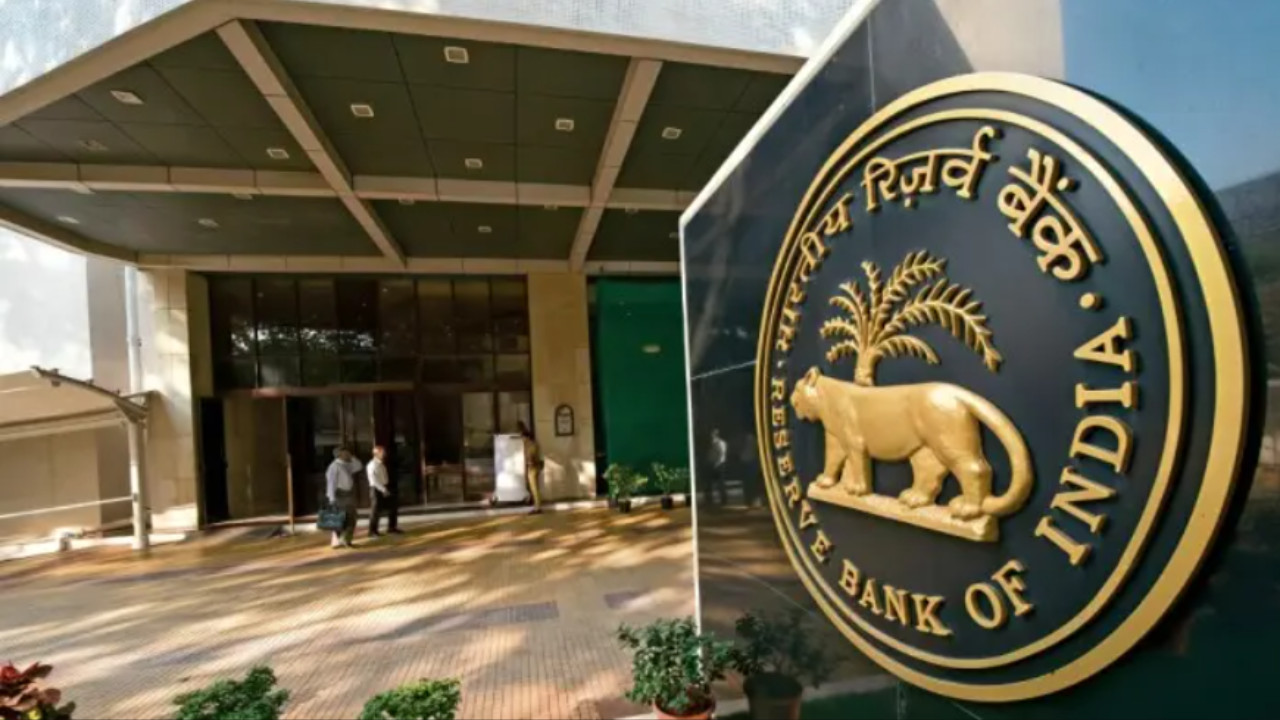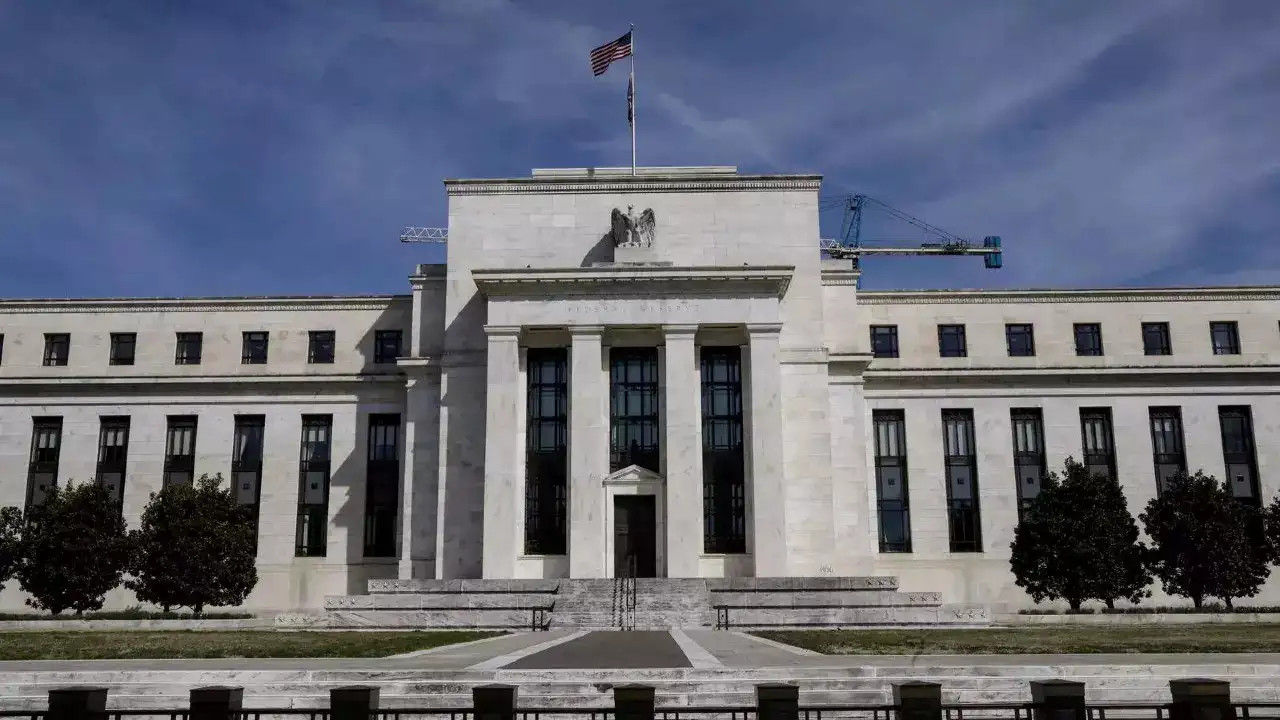RBI’s final co-lending rules, effective January 1, 2026, introduce blended lending rates and escrow-based cashflow, potentially impacting originator attractiveness. New norms allow partial credit enhancement for bonds issued by various entities, making them safer for investors. An RBI panel suggests retaining the call rate as the monetary policy target, favoring 7-day variable rate auctions for liquidity management.
Co-Lending in India: A New Chapter Begins in 2026
The lending landscape in India is on the verge of a significant transformation. The Reserve Bank of India (RBI) has just finalized a comprehensive framework for co-lending arrangements, setting the stage for a more collaborative and inclusive financial ecosystem starting January 2026. This isn’t just a minor tweak; it’s a potential game-changer that could reshape how credit reaches underserved sectors and bolsters the nation’s financial inclusion goals.
But what exactly is co-lending, and why is this new framework such a big deal?
Co-lending, in essence, is a partnership between two or more lenders to provide credit to a borrower. Typically, this involves a bank or Non-Banking Financial Company (NBFC) teaming up with another institution, often one with a deeper reach into specific communities or a specialized understanding of a particular industry. This collaborative approach allows for the sharing of risk and resources, ultimately leading to a more efficient and diversified lending process.
Why the Need for a Formal Co-Lending Framework?
For years, informal co-lending arrangements have existed. However, the lack of a standardized framework often led to inconsistencies and potential risks. The new RBI framework aims to address these concerns by establishing clear guidelines, promoting transparency, and ensuring a level playing field for all participating lenders. Think of it as setting the rules of the game to ensure fair play and sustainable growth.

What’s New in the RBI’s Co-Lending Blueprint?
The finalized framework builds upon earlier drafts, incorporating feedback from various stakeholders to create a robust and practical set of regulations. Several key aspects stand out:
* Standardized Agreements: The framework mandates standardized co-lending agreements, outlining the roles, responsibilities, and risk-sharing arrangements between the participating lenders. This will minimize ambiguity and facilitate smoother collaboration.
* Enhanced Due Diligence: Lenders will be required to conduct thorough due diligence on borrowers, ensuring creditworthiness and minimizing the risk of defaults. This aligns with responsible lending practices and safeguards the financial health of the co-lending ecosystem.
* Transparent Reporting: The framework emphasizes transparent reporting of co-lending activities to the RBI. This allows the regulatory body to monitor the market, identify potential risks, and take timely corrective measures.
* Focus on Priority Sectors: A key objective of the framework is to channel credit to priority sectors like agriculture, small businesses, and affordable housing. By incentivizing co-lending in these areas, the RBI hopes to boost economic growth and create opportunities for underserved communities. This is the engine driving financial inclusion through co-lending.
* Digital Platforms: The use of digital platforms to facilitate co-lending is encouraged, streamlining the process and reducing operational costs. This embraces technological advancements and promotes efficiency.
The Potential Impact on Financial Inclusion
The implications of this finalized framework are far-reaching. By encouraging collaboration between different types of lenders, it can unlock access to credit for borrowers who might otherwise be excluded from the formal financial system. Imagine a small-scale farmer in a remote village, previously unable to secure a loan from a traditional bank. Through co-lending, an NBFC with local expertise could partner with a larger bank to provide the necessary financing, enabling the farmer to invest in their business and improve their livelihood. This kind of scenario highlights the power of co-lending to drive inclusive growth.
Furthermore, the risk-sharing aspect of co-lending can encourage lenders to venture into new and underserved markets. By sharing the burden of potential defaults, lenders are more willing to extend credit to borrowers with limited credit history or unconventional business models. This can foster innovation and entrepreneurship, particularly in rural areas.
Challenges and the Road Ahead
While the new framework holds immense promise, its successful implementation will depend on addressing certain challenges. Effective communication and coordination between co-lending partners will be crucial. Lenders need to establish clear processes for sharing information, monitoring loan performance, and resolving disputes. Furthermore, the framework needs to be adaptable to evolving market conditions and technological advancements. Ongoing dialogue between the RBI, lenders, and other stakeholders will be essential to ensure its continued relevance and effectiveness.
The move towards a comprehensive co-lending framework represents a significant step forward in India’s journey towards financial inclusion. By fostering collaboration, promoting transparency, and incentivizing lending to priority sectors, the RBI is paving the way for a more equitable and prosperous financial future. As we approach the January 2026 implementation date, the focus will shift to ensuring that the framework is understood and embraced by all stakeholders, maximizing its potential to transform the lending landscape and empower individuals and businesses across the country. The impact on existing lending practices will be noteworthy. Read more about [digital lending in India here](internal-link-to-digital-lending-article).
The RBI’s finalized co-lending framework is a catalyst for a more inclusive financial future. By setting clear guidelines and encouraging collaboration, this initiative promises to unlock access to credit for underserved sectors and fuel economic growth. Its success hinges on adaptability, ongoing dialogue, and a collective commitment to responsible lending practices.







